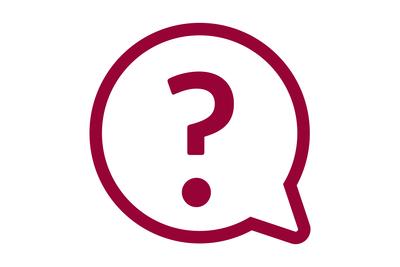Make your own illuminated deco Easter bunny – Here's how:
Stick the LED strip along the frame. You can attach them on the inner or outer edge. Shorten the FlexLED so that there is no end sticking out. Connect all components (FlexLED, connector and transformer) and plug it into a wall socket. Watch our video "Illuminated DIY Easter Bunny" for step-by-step instructions!
2. Illuminated Easter eggs – here's what you need:
- Deco Easter eggs
- FlexLED
- Scissors
2. Create your own illuminated deco Easter eggs – Here's how:
Stick the FlexLED strip along the outer edge of the back of the Easter egg. The special perforation of the strip makes sure that you can stick the light strip around curves with ease. You can even continue on with the strip from one object to the next! Cut the strip to make sure there are no ends sticking out. Combine the strip with the connector and transformer, and then plug it into the wall socket. Have a look at our video "DIY: Illuminated Easter Eggs". Here you can watch a step-by-step instruction for the deco Easter eggs.
Paulmann Tip:
A brightly lit Easter bunny or illuminated deco Easter eggs with FlexLED RGB are twice as much fun. You can change the colours with your remote control to suit your mood or create exciting light contrasts against a white background. The best place for your illuminated Easter ornaments is on a shelf or in front of a white wall – the light is reflected off the wall for gorgeous and colourful effects.
3. Illuminated silhouette – here's what you need:
- FlexLED
- Scissors
- Cutter
- Glue stick
- Pencil & ruler
- or some templates for the shapes you want
- Picture frame with a wide frame
- Coloured cardboard in at least the size of the picture frame
- Tracing paper or baking paper
- Thick cardboard
Create your own illuminated silhouette – Here's how:
1. Open up the picture frame and put aside all its parts except the glass pane. If the picture frame comes with a passe-partout, then you can use it as your template. Otherwise you will have to make your own.
2. For the template: Draw the inner dimensions of the picture frame onto coloured cardboard. Mark one centimetre towards the middle of the sheet on all four sides and draw in the rectangle with pencil and ruler. Cut out your template – including the inner rectangle.
3. Next, transfer the template onto the coloured cardboard. Next, transfer the template onto the coloured cardboard. Alternatively, you can also print out Easter-time motifs and trace them onto the coloured cardboard.
4. Cut out the areas around the motifs using the cutter. Important: Make sure that there is still enough cardboard left between the edge and the motif that it can't break off.
5. Cut one-centimetre wide strips from the thick cardboard and stick them on opposite sides of the motif cardboard. They act as spacers between the individual motif levels and create depth in the illuminated Easter picture.
6. Cut a rectangle the size of the template from the tracing paper and stick it onto the back of the motif cardboard that will be right at the front. Try to stick it down as smoothly as possible.
7. Place the front-most motif cardboard with the tracing paper face down into the picture frame, then add the second motif level and lastly the third cardboard.
8. Now the LED light strips come into play: Stick down the FlexLED 3D strip along the inside of the frame (behind the motifs). The unique perforation of the LED strip will easily bend into the corners. Once you have added the FlexLED strip, you now attach the backing of the picture frame. You may have to cut a small opening for the power cable into the backing.
9. All that's left is to connect the illuminated Easter picture to a wall socket. Switch it on and you're done!
Paulmann Tip:
Use transparent adhesive tape to fix the layers of coloured cardboard onto the frame if you can't fit the frame backing onto the frame anymore. Add a piece of coloured cardboard for a neat, finished look.








